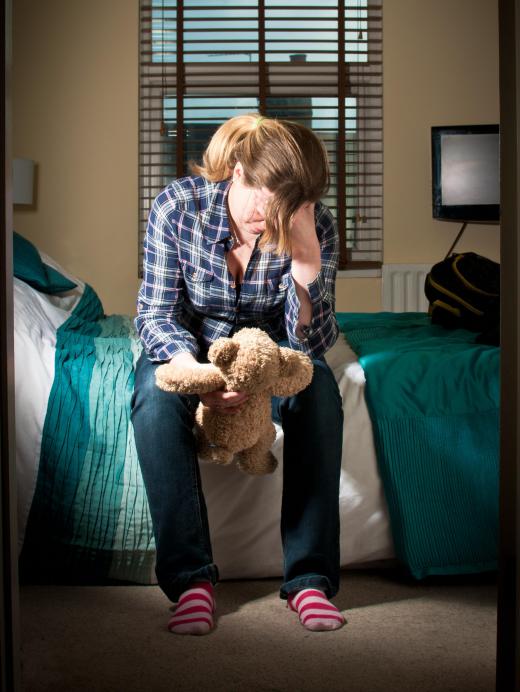What is Chromosome Translocation?
 Mary Elizabeth
Mary Elizabeth
A chromosome is a strand of DNA and related proteins that exist in the nuclei of eukaryotic cells and carry the genes of the organism. Human genetic material is made up of 46 chromosomes, 23 from each parent. Chromosome translocation refers to the transfer of a portion of one chromosome to another position on the same chromosome or to a position on a nonhomologous chromosome. When a chromosome translocation occurs involving a single chromosome, it is referred to as a shift. Researches have found that translocations have occurred in evolution, but most translocations do not provide an adaptive advantage for an organism.
Translocations were first observed towards the end of the nineteenth century, and they were often seen in cancerous tumors, where they have since been shown to be common. Further research has showed connection between chromosome translocation and a variety of disorders. For example, a particular type of chromosome translocation called “Robertsonian translocation” occurs frequently in patients with familial Down syndrome. This is different from the more common form of Down syndrome in which the patient has 47 chromosomes because of an extra copy of chromosome 21. Patients with familial Down syndrome have often inherited the Robertsonian translocation from a parent who only has 45 chromosomes, but is not affected.

Balanced translocation occurs when pieces of two chromosomes exchange places. In balanced translocation, all genetic material that should be present is, in fact, present, and the individual is likely not to manifest any health problems. If a person with a balanced chromosome translocation has a child and only one of the chromosomes with the translocation is passed on, the child will be missing some genetic material and have three copies, rather than two, of other material. This is called an unbalanced translocation.

Balanced chromosome translocation is estimated to occur in one out of every 625 individuals. Although these individuals are likely to be healthy, they have an increased risk of encountering a variety of reproductive issues, including miscarriage, stillbirth, infertility, and delivering a child with birth defects. Genetic counseling and testing can help determine what the situation is.

One investigation tool for screening for translocations is called Multi-Color Florescence In Situ Hybridization (Multi-Color FISH), also known as spectral karyotyping. It is used for cancer diagnoses and can show small translocations that would not otherwise be seen. Giemsa-stained karyotypes is another analysis tool.
AS FEATURED ON:
AS FEATURED ON:














Discuss this Article
Post your comments